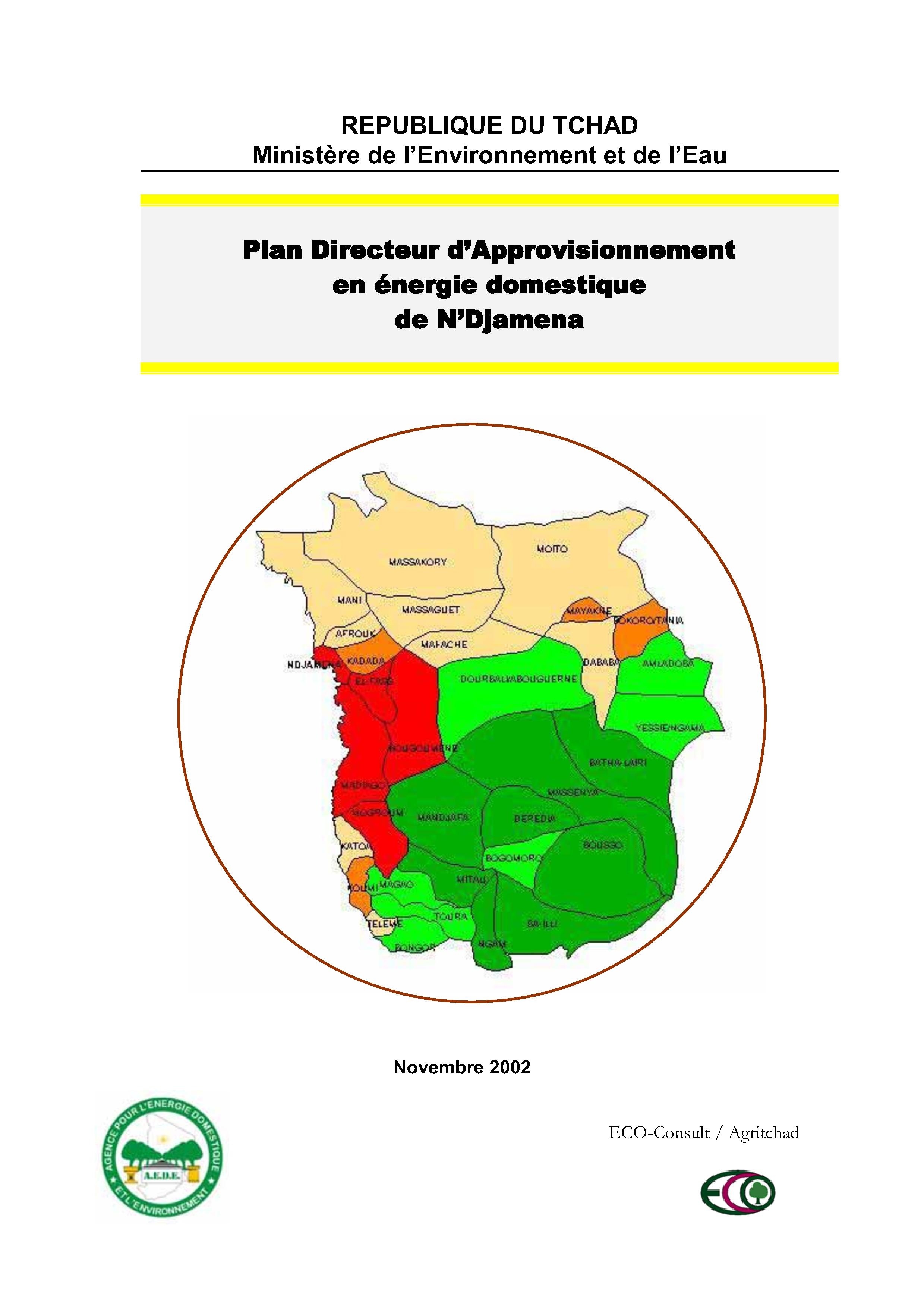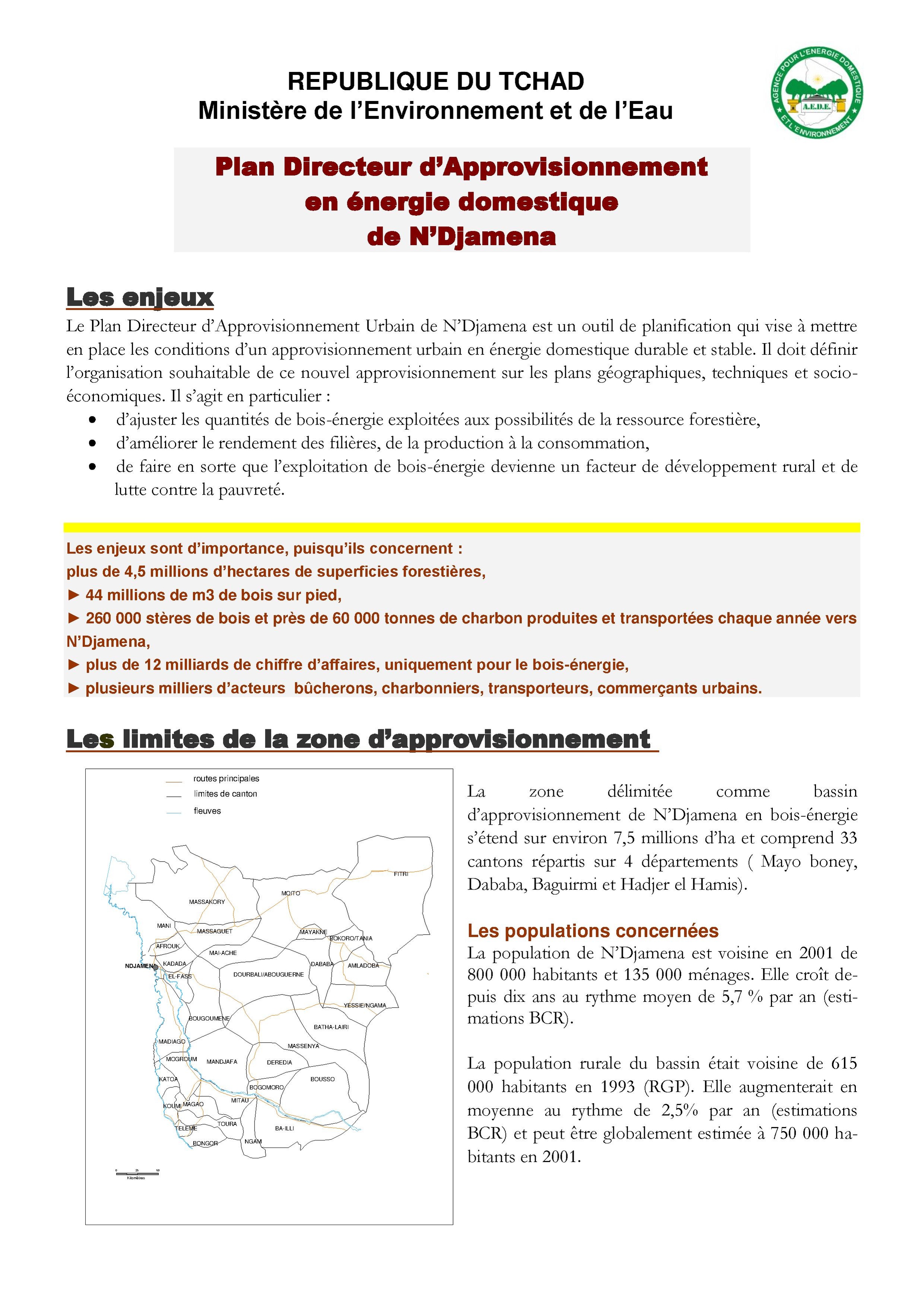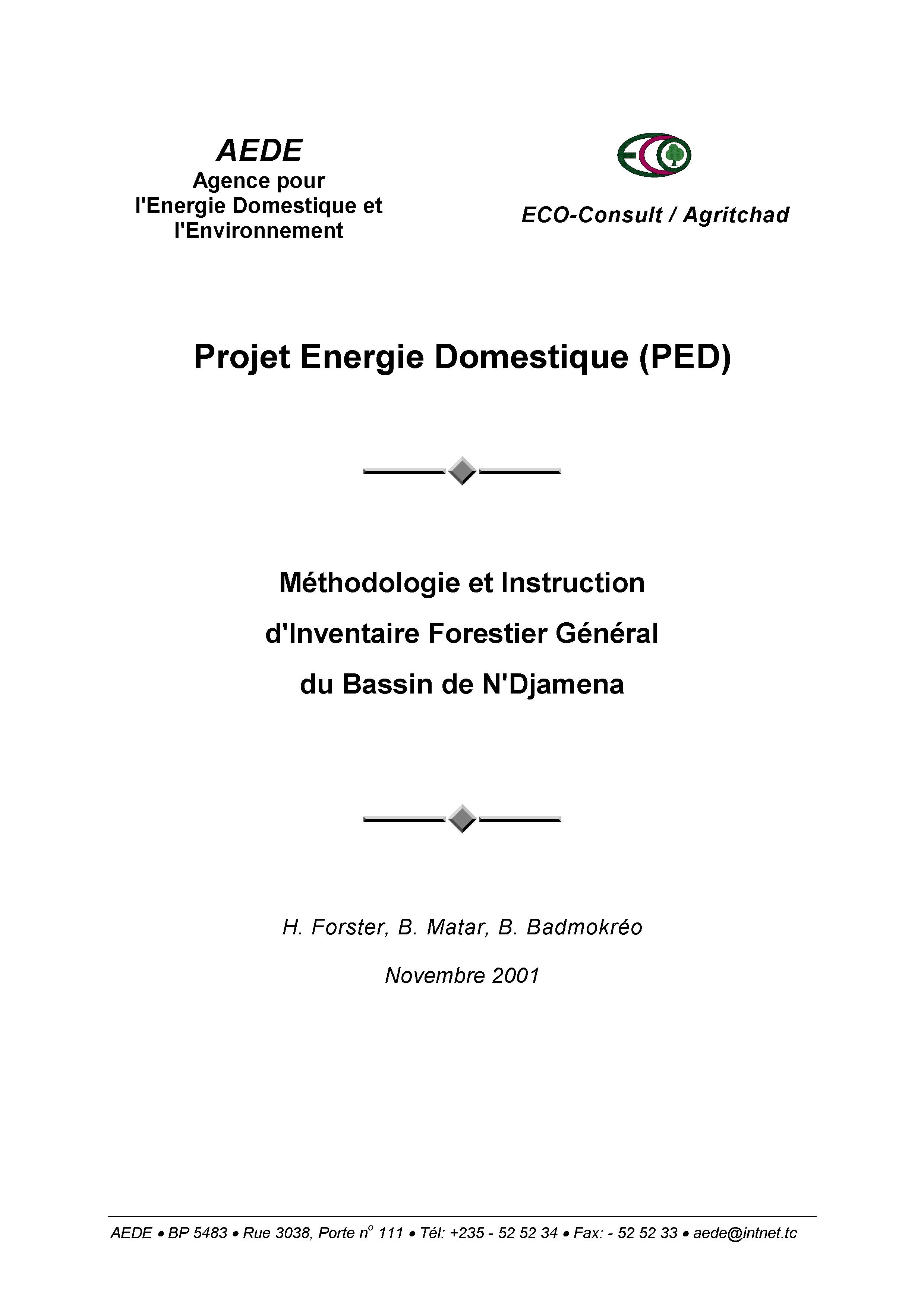Knowledge fuels change
For over a decade, Energypedia has shared free, reliable energy expertise with the world.
We’re now facing a serious funding gap.
Help keep this platform alive — your donation, big or small, truly matters!
Thank you for your support
Difference between revisions of "Cooking Energy Intervention Strategies"
***** (***** | *****) |
***** (***** | *****) |
||
| Line 7: | Line 7: | ||
<font size="2">The [http://www.euei-pdf.org/project+M53f68f95f2d.html Biomass Energy Strategy (BEST) Initiative ]is one such example in this process. BEST is a joint initiative between the EUEI Partnership Dialogue Facility (PDF) and two GIZ programmes, namely Energising Africa and Poverty Oriented basic Energy Services (HERA) (both implemented on behalf of BMZ, The Federal German Ministry for Economic Cooperation and Development). The initiative supports African governments in developing national biomass energy strategies and aims at building awareness of biomass energy as the main source of primary energy in Africa and and thereby, its role in poverty alleviation.</font> | <font size="2">The [http://www.euei-pdf.org/project+M53f68f95f2d.html Biomass Energy Strategy (BEST) Initiative ]is one such example in this process. BEST is a joint initiative between the EUEI Partnership Dialogue Facility (PDF) and two GIZ programmes, namely Energising Africa and Poverty Oriented basic Energy Services (HERA) (both implemented on behalf of BMZ, The Federal German Ministry for Economic Cooperation and Development). The initiative supports African governments in developing national biomass energy strategies and aims at building awareness of biomass energy as the main source of primary energy in Africa and and thereby, its role in poverty alleviation.</font> | ||
| − | <font size="2">Biomass Energy Strategies (BESTs) have been approved and published by the Governments of Rwanda and Botswana and the BEST Initiative supports the development of further BESTs in Mozambique, Tanzania, Zambia. (Since the initiative is ongoing, the list of countries keeps on changing - find more information below) | + | <font size="2">Biomass Energy Strategies (BESTs) have been approved and published by the Governments of Rwanda and Botswana and the BEST Initiative supports the development of further BESTs in Mozambique, Tanzania, Zambia. (Since the initiative is ongoing, the list of countries keeps on changing - find more information below). </font><font size="2">The BEST Initiative has developed a [http://energypedia.info/index.php/File:Best-guide-07-08-08.pdf '''National Biomass Energy Strategy''' '''Guide''']</font><font size="2">to provide a development focus for policy-makers, energy and forestry planners. </font><br> |
| − | |||
| − | <font size="2">The BEST Initiative has developed a [http://energypedia.info/index.php/File:Best-guide-07-08-08.pdf '''National Biomass Energy Strategy''' '''Guide''']</font><font size="2">to provide a development focus for policy-makers, energy and forestry planners. </font><br> | ||
<font size="2">For the Sahel region of West-Africa, the <span style="color: #ff0000">[http://www.cilss.bf/ CILSS ]</span><span>(Permanent Inter State Committee for Drought Control in the Sahel) </span>based project PREDAS (Regional Programme for the Promotion of Household and Alternative Energies in the Sahel) <span> </span>has published a similar guide for developing ‘'''[http://energypedia.info/index.php/File:Guide_elaboration_sed.pdf National domestic energy strategies]'''’</font><font size="2">. The different steps recommended in the guide follow a more structured approach based on the ‘<span style="color: #ff0000">Fuelwood Market Scheme’ </span>launched in Niger, Mali and Chad during the late 1990s. Currently all CILSS member countries possess ‘</font><span style="color: #ff0000"><font size="2">National domestic energy strategies’.</font> </span> | <font size="2">For the Sahel region of West-Africa, the <span style="color: #ff0000">[http://www.cilss.bf/ CILSS ]</span><span>(Permanent Inter State Committee for Drought Control in the Sahel) </span>based project PREDAS (Regional Programme for the Promotion of Household and Alternative Energies in the Sahel) <span> </span>has published a similar guide for developing ‘'''[http://energypedia.info/index.php/File:Guide_elaboration_sed.pdf National domestic energy strategies]'''’</font><font size="2">. The different steps recommended in the guide follow a more structured approach based on the ‘<span style="color: #ff0000">Fuelwood Market Scheme’ </span>launched in Niger, Mali and Chad during the late 1990s. Currently all CILSS member countries possess ‘</font><span style="color: #ff0000"><font size="2">National domestic energy strategies’.</font> </span> | ||
| − | <font size="2">Any new strategy should complement existing woodfuel-related strategies and facilitate the efficient implementation of existing policies. Political commitment and ownership of the strategy by high level decision makers should be part of the overarching strategy development exercise.</font> | + | <font size="2">Any new strategy should complement existing woodfuel-related strategies and facilitate the efficient implementation of existing policies. Political commitment and ownership of the strategy by high level decision makers should be part of the overarching strategy development exercise.</font> |
<font size="2">Software modeling tools can be useful in evaluating different scenarios' impact and cost/benefit. One such example is [http://www.energycommunity.org/default.asp?action=47 LEAP], the Long Range Energy Alternatives Planning System, a widely-used software tool for energy policy analysis and climate change mitigation assessment, which was developed at the Stockholm Environment Institute.<br></font> | <font size="2">Software modeling tools can be useful in evaluating different scenarios' impact and cost/benefit. One such example is [http://www.energycommunity.org/default.asp?action=47 LEAP], the Long Range Energy Alternatives Planning System, a widely-used software tool for energy policy analysis and climate change mitigation assessment, which was developed at the Stockholm Environment Institute.<br></font> | ||
Revision as of 10:19, 22 November 2011
--> Back to Overview GIZ HERA Cooking Energy Compendium
Cooking Energy Intervention Strategies - Summary
In light of the rising costs for fossil fuels and increasing concern over some liquid biofuels, woodfuel will remain important in the energy mix of African countries struggling to meet an ever growing demand for several decades to come. Consequently, there is a need for national energy policies to include a component on wood-based fuel. Ideally, developing such strategies is a systematic and ongoing process comprising stakeholder consultation, participation, and capacity-building down to local level. The ultimate goal is to identify actions and assign responsibilities and timeframes for their implementation. High-level decision-making of all relevant ministries (energy/ forestry/ environment/ agriculture etc.) is needed to establish rules and laws that provide supportive conditions for the development and use of woodfuel resources.
The Biomass Energy Strategy (BEST) Initiative is one such example in this process. BEST is a joint initiative between the EUEI Partnership Dialogue Facility (PDF) and two GIZ programmes, namely Energising Africa and Poverty Oriented basic Energy Services (HERA) (both implemented on behalf of BMZ, The Federal German Ministry for Economic Cooperation and Development). The initiative supports African governments in developing national biomass energy strategies and aims at building awareness of biomass energy as the main source of primary energy in Africa and and thereby, its role in poverty alleviation.
Biomass Energy Strategies (BESTs) have been approved and published by the Governments of Rwanda and Botswana and the BEST Initiative supports the development of further BESTs in Mozambique, Tanzania, Zambia. (Since the initiative is ongoing, the list of countries keeps on changing - find more information below). The BEST Initiative has developed a National Biomass Energy Strategy Guideto provide a development focus for policy-makers, energy and forestry planners.
For the Sahel region of West-Africa, the CILSS (Permanent Inter State Committee for Drought Control in the Sahel) based project PREDAS (Regional Programme for the Promotion of Household and Alternative Energies in the Sahel) has published a similar guide for developing ‘National domestic energy strategies’. The different steps recommended in the guide follow a more structured approach based on the ‘Fuelwood Market Scheme’ launched in Niger, Mali and Chad during the late 1990s. Currently all CILSS member countries possess ‘National domestic energy strategies’.
Any new strategy should complement existing woodfuel-related strategies and facilitate the efficient implementation of existing policies. Political commitment and ownership of the strategy by high level decision makers should be part of the overarching strategy development exercise.
Software modeling tools can be useful in evaluating different scenarios' impact and cost/benefit. One such example is LEAP, the Long Range Energy Alternatives Planning System, a widely-used software tool for energy policy analysis and climate change mitigation assessment, which was developed at the Stockholm Environment Institute.
It is also now common practice in cities of such countries as Mali, Niger, and Chad, to develop Woodfuel supply master plans (WSMP) to support the sustainable supply with woodfuel. The WSMP are based on forest resource inventories in the woodfuel catchment areas of each city, complemented by socio-economic studies. They assess: (i) available woody resources (estimated areas, standing stocks and yields), (ii) prevailing woodfuel flows, describing the main woodfuel supply chains and the current woodfuel harvesting and charcoal-making areas at the local level, and (iii) human dynamics (history, demography and migrations, main land-based activities, etc.). The WSMP highlights the geographic priority areas and gives strategic guidelines for implementation. During the WSMP development process, all relevant stakeholders are involved, and their approval (technical as well as political) is solicited during a final workshop. Additional information on WSMPs can be accessed (in French only) through:

|
||
| Woodfuel supply master plan (N’Djamena/Chad) | Exerpt from the Woodfuel supply master plan (N’Djamena/Chad)destined for decision-makers |
Manual to conduct forest inventories of woodfuel catchment areas |





















